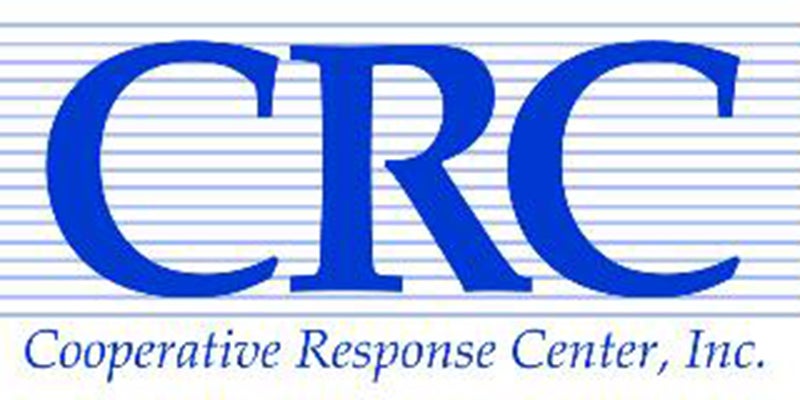Competing to climb; Austin Utilities workers to compete in lineworkers rodeo
Published 11:06 am Thursday, March 31, 2016

Colten Berghuis applies copper wire to hold wire in place as his team practices for the American Public Power Association National Lineworkers Rodeo Wednesday afternoon. Photos by Eric Johnson/photodesk@austindailyherald.com
Two linemen geared up in boot gaffs and climbing belts scaled a high-line pole in the middle of the downtown Austin Municipal Plant turbine room Wednesday while another stayed on the ground and hoisted equipment up to them.
Austin Utilities journeymen Steve Tiegs, Jeff Martinson and Colten Berghuis were practicing a timed event to prepare for the 2016 American Public Power Association Public Power Lineworkers Rodeo, which is Saturday at Canterbury Park in Shakopee.
“It’s an event to display our skills as linemen,” Tiegs said.

The team of Colten Berhuis, Steve Tiegs and Jeff Martinson practice for the American Public Power Association National Lineworkers Rodeo Wednesday afternoon.
The five events for journeymen and apprentices relate to the normal utility work they would be doing, but without bucket trucks.
They compete in a hurt man rescue, using a mannequin as the hurt man; jumper replacement; and changing out insulators, crossarms and transformers.
“It’s a lot of the older way of doing things, but the new rules still apply,” Tiegs said. “So you have to apply those new rules to the old way of doing things because it’s funny, you know, as modern as things are, the power lines are still original to how it was installed and a lot of it still doesn’t have access to modern equipment, like bucket trucks and stuff.”
Each event has a possible score of 100, for an overall score of 500, which is based on timing and points. Reductions are taken when mistakes are made and safety rules are broken. They have to beat or meet the mean (average) time or “drop dead” time, which is a little bit longer. If they go over the time limits, points are deducted. The climbers and groundmen retain their roles through each event.
This is the second year Austin Utilities has participated in the rodeo. The first year they competed, they got a feel for the events and started training more. Leading up to the event, they’ve practiced together for about an hour three times a week, Tiegs said.
“We didn’t win or place last year, but we did learn a lot and it was very beneficial that way,” Tiegs said. “It was exciting.”
Second-year apprentice Tyler Underdahl also competed at last year’s rodeo and is doing so again this year.
“The rodeo is good practice for skills and for safety,” Underdahl said. “It’s good to watch other utilities to see what they do and how they do it.”
Underdahl’s events are a hurt man rescue, fused cutout relocation, changing out a pole top pin insulator, an obstacle course and a written test.
Tiegs said he compares climbing poles to climbing two flights of stairs at once.
“You’re trying to do that as quick as you can. You get up there, get to work and get down,” he said.
The gear used in competition is the same gear they use for work, though they’ve purchased a few different items for the rodeo.
“It’s the same tools that have been around forever and ever, we just haven’t used them forever and ever,” Tiegs said.
Underdahl said the climbing is all about technique.
“Positioning is the key deal or else you get fatigued really fast. And you need the right equipment,” Underdahl said. “It takes a good deal of strength.”
All competitors must wear appropriate safety gear such as hard helmets, rubber gloves and safety belts.
Underdahl said the Occupational Safety and Health Administration (OSHA) changed a safety rule with fall risk systems for linemen.
“The system is supposed to keep you from falling if your boot gaffs come out or if you do fall, it won’t let you fall to the ground,” Underdahl said. “The belt cinches up so you don’t fall.”
Communication between team members is key, he added. The three journeymen kept up communication throughout the practice run.
It took about 19 minutes for Tiegs, Martinson and Berghuis to complete this event.
“It went really good,” Martinson said.
“It keeps our skill levels up,” Berghuis added.






